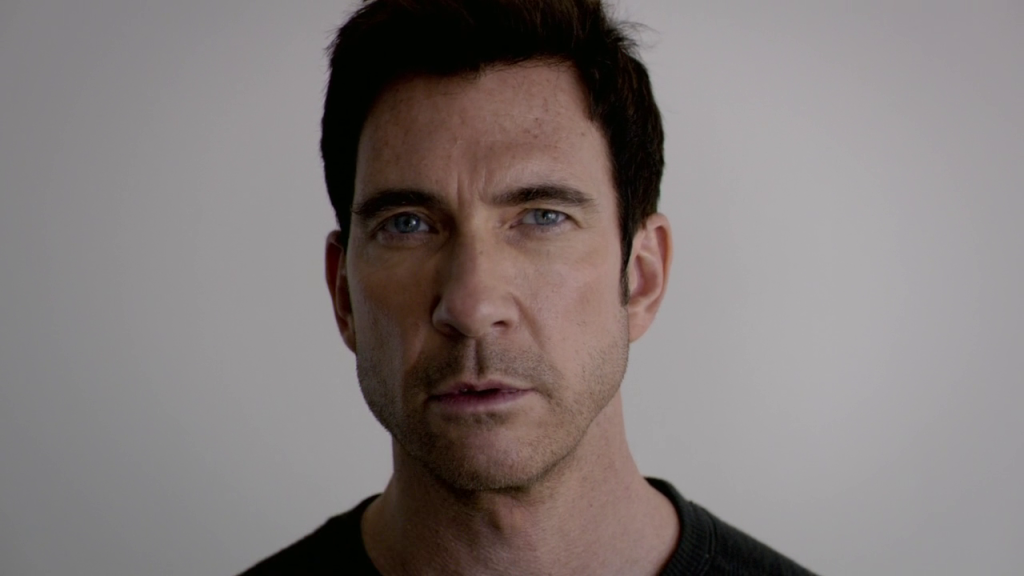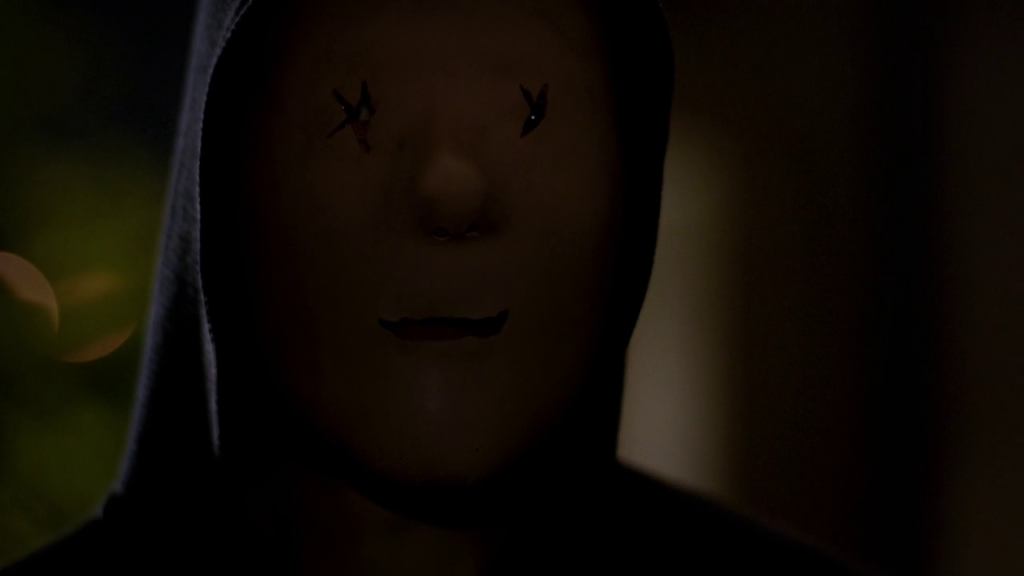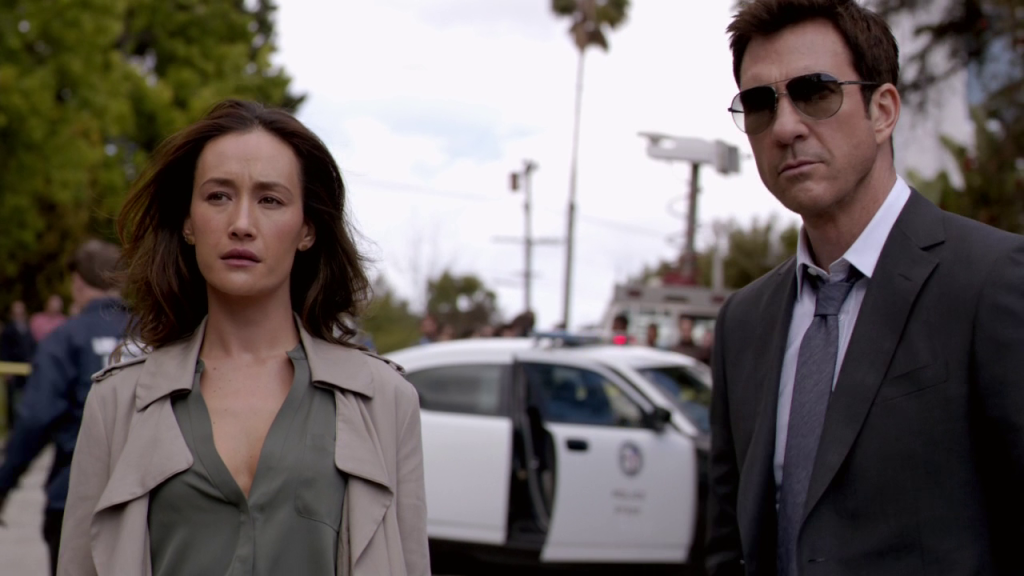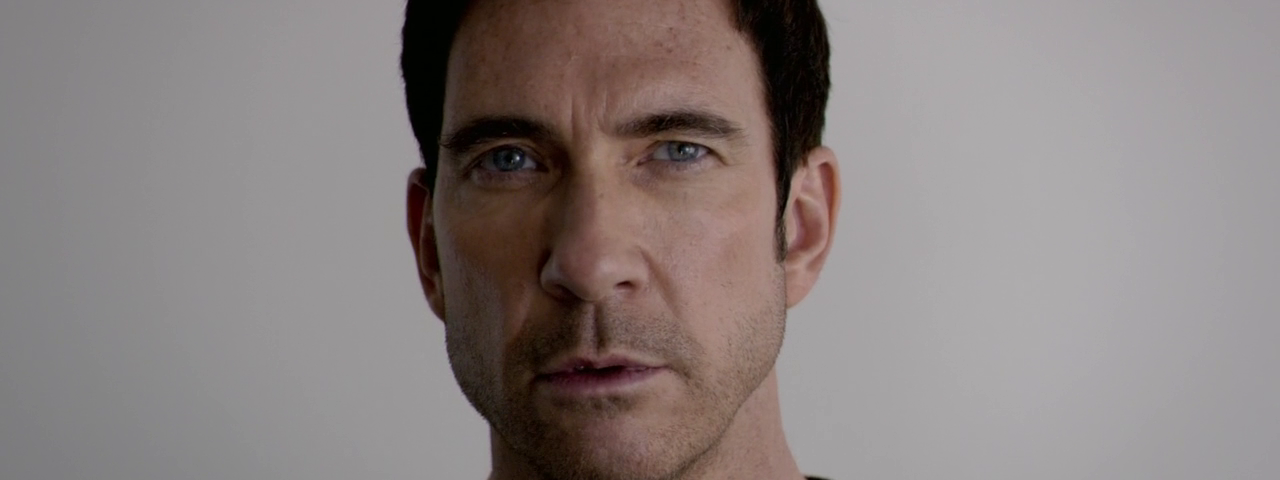
First things first, I am NOT going to be reviewing this show on a regular basis. Even if I had the time to pick it up, I honestly don’t see myself having enough to say about an individual episode in order to sustain a regular series of articles beyond bitching about recurring issues. What’s more, I really don’t care to subject myself to this on a weekly basis. Before I get into the thick of this review, I’m going to cut to the chase and just say that this is not a particularly good pilot. The mystery itself functions for the most part but, in that regard, there is nothing particularly notable to set it apart. That being said, procedurals usually focus more on the primary characters in the pilot so that they can get all that messy characterization out of the way as soon as possible (for an example, look back at House’s pilot. They laid characterization on like it was mayonnaise). Usually this results in many of the characters feeling cartoonish and heavy handed. This is somehow true of both of Stalker’s lead actors while simultaneously having them both feel bland as hell.
First we have Dylan McDermott as Jack Larson. McDermott seems to have questionable luck with his more recent roles. He was in that shortly lived, and even more shortly remembered show Hostages, and now he’s in Stalker as the human embodiment of smugness. It’s been a long time since I watched The Practice, but I have the odd sense that I once found McDermott to be likable. Here he is anything but. To the actor’s credit, it might not be his fault since Jack Larson is seemingly written to be one of the biggest assholes on television. This appears to be partially intentional, as the show makes it clear very quickly that he’s stalking his ex-wife. His very first scene is of him taking covert pictures of her. However, it’s feels like the show wants him to be one of those characters that is likable even though he’s a bad person, like a more tame version of Vic Mackey or Walter White. If that was the creator’s intention, then they didn’t just miss the mark. Their arrow missed the target entirely, circumnavigated the globe, turned into a nuclear missile and hit them squarely in the back. It’s rare for me to actually despise a character to this extent, but between a level of smugness that would humble Donald Trump and the fact that he doesn’t just act like a know-it-all but, in fact, seems to actually know everything, I was legitimately pissed at this character by the midway point.

Maggie Q as Beth Something isn’t exactly the breath of fresh air that one might have hoped after the disastrous trainwreck of a character that is Larson, but at this point a breath of stale uninteresting air is welcome by comparison. That’s pretty much what she is. Beth’s character is easily the blander of our two leads. She teaches classes at a university, she heads up a task force to deal with stalkers, and she herself is a former victim of stalking. That last bit isn’t so much explicitly stated as it is implied with all the subtlety of cinderblock to the face. She spends much of her time acting as if she’s pissed at Larson, who, despite being a ridiculous observer of human behavior, is actually the newbie of the taskforce. The problem is, due to the fact that she has to listen to him rambling about the feng shui of a room or inquiring as to why she “wears sexy things if [she] doesn’t want men to notice,” she actually comes off as inhumanly patient with him. Seriously, if I had to work with Larson, there is a strong chance that I’d have beaten him with a tire iron before we ever even took a lunch break.
So if the characters aren’t appealing, then all we are left with is the plot. Show creator Kevin Williamson was also the screenwriter for this episode and it shows. I may not be a fan of slasher films but even I can tell that Williamson is borrowing from his previous work, Scream. Not only does this this episode’s stalker intimidate his victims with phone calls, but he shows up wearing an obligatory creepy mask and, as it turns out, the stalker is, in fact, two stalkers. See the resemblance? The actual identity of the stalker(s) isn’t surprising, and for the most part the plot does little more than function. It throws a couple red herring suspects, and the presents two victims that exist solely as victims. Williamson has rejected claims that the show is simply about violence against women, but the pilot doesn’t do much to counter that criticism. The first victim is burned to death within the first five minutes, and the second one barely exists as a character. I don’t have a problem with a show that is about “violence against women.” A show that seriously deals with the horrors that some women face at the hands of men could serve to be an informative and challenging piece of art. This is not that show. Just because a character is a victim doesn’t mean that they cannot exist independently of that. Homicide’s Adena Watson, Twin Peak’s Laura Palmer, and Hannibal’s Elise Nichols were all female victims who, even though some of them never appeared on screen alive, succeeded in feeling like actual people and not just bags of flammable meat used to drive the plot.

This show shuns subtlety in such an aggressive manner that I can’t tell if the writing and directing is incompetent or if they simply assume their viewers are. Everything from Larson having an orgy of evidence on his bedroom wall to Beth assaulting a potential stalker displays the show’s unwillingness to trust it’s viewing audience with subtext and complexity.
Before I wrap this up a few Notes and Nitpicks:
- So this Threat Assessment Unit that is devoted in part to dealing with stalkers is so lax in its recruitment that it didn’t bother contacting Jack Larson’s ex-wife?
- Beth is introduced via one of the most blatant “Let me tell you all the important details about myself” exposition dumps that I’ve seen in a while. Not only that but she delivers it to a lecture hall filled with the most obnoxious college student caricatures I’ve seen on television.
- The show’s attempts to convince the viewer that the first victim’s neighbor is the stalker fall a bit flat when you realize that you can see the stalker’s neck despite the mask and hoodie, and, unlike the neighbor, he clearly isn’t black.
- It’s a bit comical how Larson is the one to provide all the insight into the stalker’s personality, and discover almost all the vital clues, despite being the new to the job. Beth gets practically nothing to do in the A-plot.
- There is a B-plot involving a college student who is stalking his former roommate. It largely wouldn’t be worth mentioning is it wasn’t for a completely inane ending.
- They refer to the first victim being “burned alive,” but she technically wasn’t lit on fire, her car was, and she was killed when her car exploded. Wouldn’t that make her “blown up” as opposed to “burned alive?” Maybe we’re supposed to assume she survived the explosion, and ended up sitting in the flaming wreckage of her car until she expired. …Sorry, this show makes me depressed and I get a bit morbid when I’m depressed.
- I don’t particularly like that cover of Radiohead’s “Creep” that plays over the end. It’s a good song choice and it started out okay, but the repeated line “She’s running for the door,” became grating fast.
Stalker’s pilot is the inane story of a cartoonishly villainous stalker who targets cardboard cutout victims. CBS’s decision to put it back to back with Criminal Minds to create a two-hour murdered women special remains pretty perplexing and seems unaware of the complaints or criticism surrounding this show. This show needs to either get smarter or die off fast.




Add comment